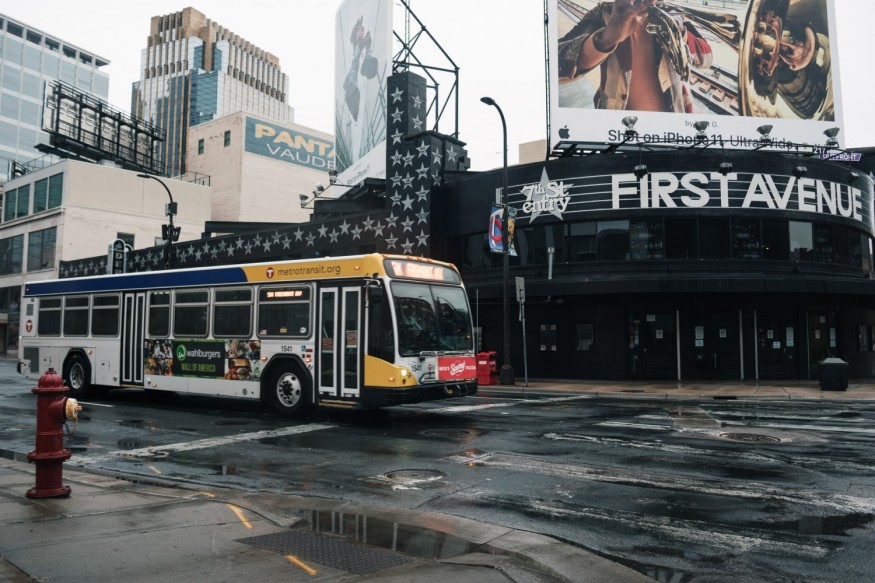
When Google announced it was exploring new modes of transportation to get its employees to work, the company wanted to explore the latest road and green transportation innovations. The goal is to help Google employees live more sustainably, healthy, and mobile lives while also helping the company better connect people to jobs and services. Google has made it their mission to make the world a better place, and they're doing it by introducing a fleet of electric buses designed to be more environmentally friendly and cost-effective. The buses run on renewable energy, are more efficient than current buses, and are more reliable than current public transit.
Google Buses
Google is using a mix of different types of vehicles for its fleet. The Google fleet includes both hybrid and all-electric cars that use a combination of public transit and shuttle bus service to get employees to and from work. Currently, the company is operating more than 200 hybrid vehicles, and it has plans to use more than 100 all-electric vehicles. The transportation team is also testing a service called "bus rapid transit," which is a hybrid system that uses both fixed and on-demand public transit. These shuttle buses are equipped with wireless internet access, USB ports to charge your phone, and comfy leather seats.
With a shuttle like this, Google employees no longer have to worry about driving to work or parking their cars when they live in one of the cities the shuttle travels through. According to New York Times, the buses are pet-friendly, and passengers are allowed to have their dogs on forwarding seats or on their laps. The buses also provide bike racks, helping Google employees get around town with their bikes in tow. These shuttles can also accommodate special-needs passengers, providing accessible seating and onboard assistance.
The Google Bus Arrival in 2013
In late 2013, Google announced that it would offer free transportation to Google employees who live in Bay Area and Mountain View in Silicon Valley. San Francisco is believed to have deepened income inequality and the displacement of working-class families who can't afford to live in the city. Google has been investing in clean and sustainable transport for years. One of its latest projects is an all-electric bus fleet that shuttles people from their homes to work and back. These buses are part of Google's larger mission to improve transportation in cities like San Francisco Bay Area. The company hopes the buses are cutting down on commuting times for millions of Americans who spend hours each day fighting traffic.
Google Transit Program
The program allows users to view the available transportation options from Google Maps. This helps them plan their routes, schedules, shuttle stops, and fare information. Riders will share their static route and schedule information with Google Transit and can then add live transit updates through Realtime Transit. Realtime updates enhance riders' experience with the latest departure and arrival times, vehicle positions, and service alerts. Riders can submit data for Realtime Transit as long as their static transit information is available via Google Maps. When buses run late, they can also sign up and receive alerts on their phones, tablets, and computers.
Google's Electric Bus Program
The company aims to use public transit as much as possible and has even added features to help riders find the best route to their destination. It's also looking into autonomous vehicles, which could prevent deadly bus accidents when humans are driving. Its planned expansion shows just how much it values reliable transportation options that keep its employees happy and healthy. Reducing carbon emissions and improving public transportation are just two ways that the company is looking to improve the quality of life for its employees.
How Does a Google Bus Work?
The concept for the Google bus is relatively simple. The bus drives along a predetermined route and picks up commuters heading in the same direction. Essentially, it's an extensive shuttle service that offers commuters an affordable and environmentally-friendly way to get to work. Google claims the buses can transport about 37 people at a time while consuming only one-tenth of the energy used by a traditional diesel engine. Once they've arrived at their destination, they can either turn around and head back in the opposite direction or park until they need to start their following route. The buses can be tracked via a website, and they are equipped with GPS sensors that allow people to track how far they are from their bus stop by logging in and checking the route on Google Maps.
Final Thoughts
Transportation is an integral part of our daily lives and jobs. It's also a complex challenge that will only get harder as cities grow and intensify. For many companies, investing in alternative transportation options is a risk. But for Google, which prides itself on thinking long-term, this isn't just about investing in new technologies; it's about making the most of its resources. With so many different options, it's easy to see how Google employees can get to work, back home, or even to a conference easily and quickly.
© 2025 ScienceTimes.com All rights reserved. Do not reproduce without permission. The window to the world of Science Times.












